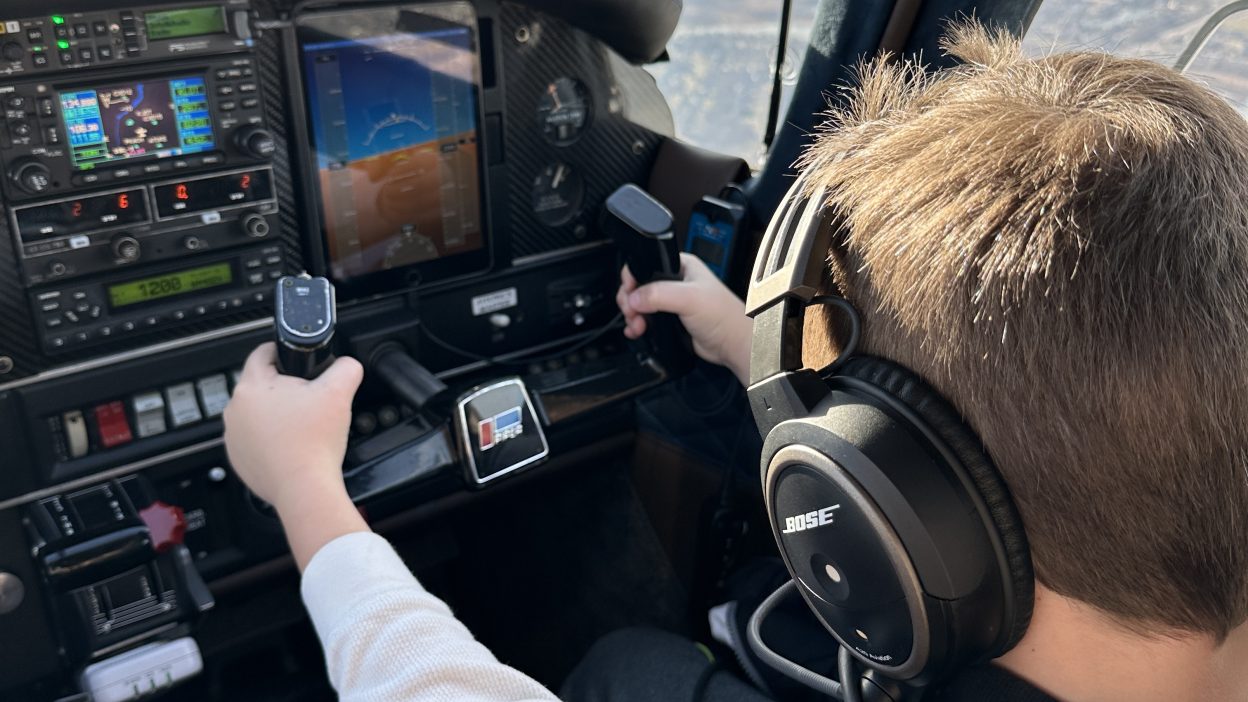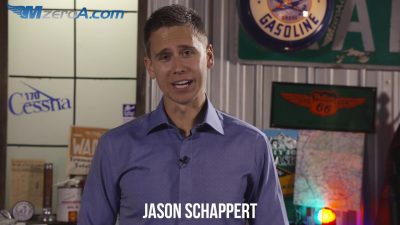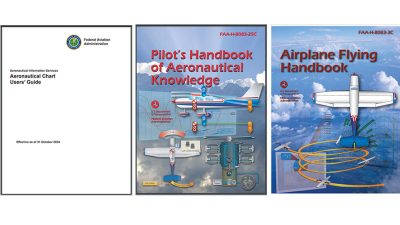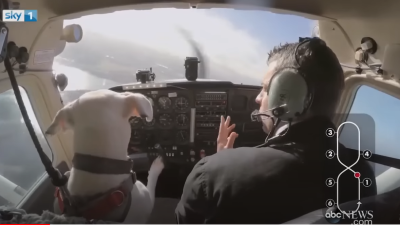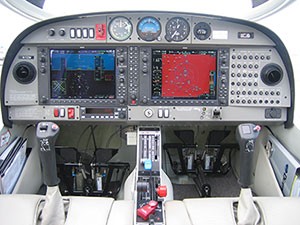
So, you’ve decided to chase your dream of flying? Welcome to one of the most exciting journeys out there! Becoming a pilot is as rewarding as it is challenging, but if you’re prepared, motivated, and committed, the sky is truly the limit. Let’s break down the steps to get you started on your path to becoming a pilot.
Step 1: Understand Your Options – Types of Pilot Licenses
Before you even get in the cockpit, it’s helpful to understand what kind of flying you want to do, as there are different types of pilot licenses. Here are the main options:
Private Pilot License (PPL) – The most common type of license. A PPL lets you fly for fun and take passengers, but you can’t be paid as a pilot.
Commercial Pilot License (CPL) – If you want to make a career out of flying, this is the minimum requirement to be paid as a pilot.
Airline Transport Pilot License (ATP) – This is required if you aim to fly for major airlines and involves the highest level of training.
Sport Pilot License (SPL) and Recreational Pilot License (RPL) – Both are lighter versions of the PPL with fewer requirements and limitations. Great for people who want to fly smaller planes for fun and stick closer to home.
Step 2: Meet the Basic Requirements
To start flight training in the U.S., you’ll need to meet a few basic requirements:
- Age: You must be at least 16 years old to fly solo and 17 to obtain a Private Pilot License (PPL).
- Language: Proficiency in English is essential since all communication in aviation is conducted in English.
- Medical Clearance: You’ll need to pass an aviation medical exam to get a Third-Class Medical Certificate (for private pilots). If you’re aiming for a commercial license down the line, a Second-Class Medical Certificate will be necessary.
Step 3: Find a Reputable Flight School or Instructor
The next step is finding a flight school that suits your goals. Look for one with a good reputation, experienced instructors, and well-maintained aircraft. Here’s what to consider:
- Location: Choose a school that’s convenient but also offers a training environment similar to where you’ll typically be flying.
- Training Fleet: Look for a school with well-maintained, modern planes (or planes that match your comfort level).
- Instructors: The best flight school will have professional, approachable instructors who put safety and quality training first.
- Ground School: Ground school is the “classroom” part of flight training, where you’ll learn everything from aerodynamics to weather theory to navigation. Many schools offer in-person and online options.
It’s worth visiting a few schools, asking questions, and even taking a discovery flight (more on that below).
Step 4: Take a Discovery Flight
A discovery flight is essentially a trial lesson, giving you a taste of what flying is all about. You’ll get to sit in the left seat (pilot’s seat), and with an instructor by your side, you’ll experience the thrill of handling the controls.
Most flight schools offer a discounted rate for these introductory flights, and it’s a fantastic way to see if flying is really for you.
Step 5: Start Ground and Flight Training
Your training will include two parts:
Ground School: This covers all the foundational knowledge like weather, flight planning, and aircraft systems. You can do this through self-study, online courses, or in-person classes at your flight school.
Flight Training: This is where you get hands-on experience with the aircraft. Expect to log a minimum of 40 hours of flight time for a Private Pilot License, but the national average is closer to 60-70 hours.
In your training, you’ll learn takeoffs, landings, navigation, emergency procedures, and much more. Every lesson builds on the last, taking you closer to being a confident, safe pilot.
Step 6: Pass the FAA Written Exam
At some point during your training, you’ll need to pass the FAA written exam for your license. This multiple-choice test covers everything you learned in ground school and ensures you’re up to speed on aviation theory, regulations, and procedures.
Many students take the written exam midway through their flight training to get it out of the way and focus solely on flying.
Step 7: Pass the Checkride
The last step to earning your pilot’s license is the checkride—a combination of an oral exam and a flight test with an FAA examiner or Designated Pilot Examiner. During the checkride, you’ll demonstrate the skills you’ve learned, and if all goes well, you’ll be awarded your Private Pilot License.
Step 8: Keep Learning!
Getting your license is a huge milestone, but every great pilot is always learning. Whether it’s advancing to an instrument rating, which allows you to fly in more challenging weather, or working up to a commercial rating, there are countless ways to build your skills and knowledge.
How Much Will It Cost?
Training costs vary widely, depending on your location, type of aircraft, and the number of hours you need. In general, you can expect to spend around $12,000-$20,000 for a Private Pilot License.
Tips for Success
Stay Consistent: Try to fly at least once a week to keep your skills fresh. The more often you fly, the quicker you’ll progress.
Ask Questions: Your instructors are there to help, so don’t hesitate to ask about anything you don’t understand.
Prepare for Each Lesson: Study ahead, so you’re ready to make the most of your flight time.
Stay Healthy and Fit: Your physical health is directly tied to your ability to fly, so take care of yourself!
Final Thoughts
The journey to becoming a pilot is full of new experiences, challenges, and rewards. It takes dedication and a love for learning, but the feeling of piloting an aircraft is like nothing else. So, if you’re ready to start, take the first step—reach out to a flight school, schedule a discovery flight, and see where the journey leads you.
